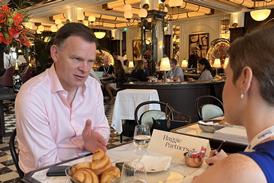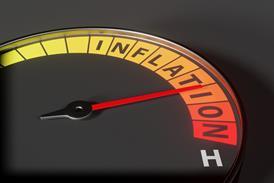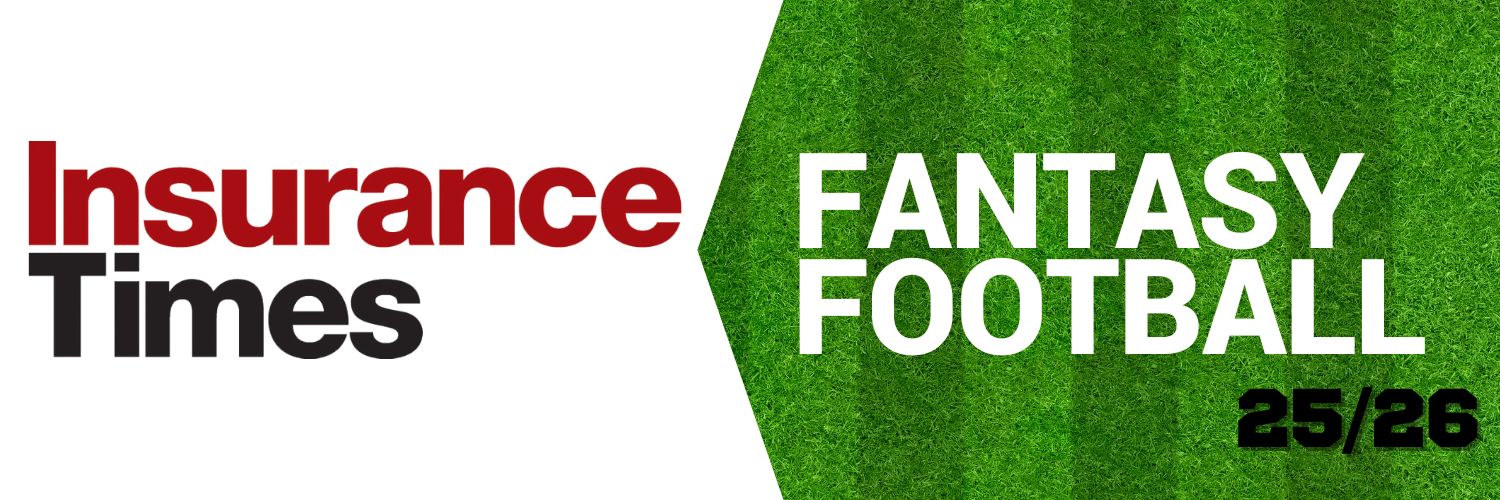Natural disasters and political shifts have hurt the non-life market. But it could be worth bucking the trend and sitting the current troubles out, says Simon Marshall....
In most European countries, the non-life insurance market has been ridden roughshod by catastrophe and low return on capital. The rising claims ratios that have resulted mean many companies have reduced their presence in the market or are planning to do so.
It is hard to remember the last time anyone was upbeat about European non-life insurance. French insurers took a big hit from the windstorms Lothar and Martin in December 1999, just weeks after Denmark was blighted by the storm Anatol. Almost exactly a year later, widespread flooding in the UK resulted in floods of red ink.
Disasters are even hitting insurers in countries that have seen little severe weather. The Italian government has significantly damaged the profitability of its non-life insurers through a one-year tariff freeze on motor liability business, opening a gulf between premium levels and rising injury awards.
Similarly, competition in Germany has decimated premium rates. With many smaller European markets experiencing similar problems, the trend for insurers to reduce their exposure to non-life business or to exit the market entirely is unsurprising.
Between 1998 and 1999, the average combined claims ratio of non-life insurers Europe-wide increased by about 6%, with deterioration thought to have continued in 2000. Despite rising reinsurance rates, from the January 2001 renewal feeding through to the primary market this year, there is little sign of non-life business returning to underwriting profitability in the immediate future.
The general industry perception is that life business is stable and fairly profitable in most markets, while non-life business is volatile and can be unprofitable. Standard & Poor's maintains this perception is what's behind the exodus of insurers from non-life lines.
While the privatisation of pension provisions has boosted premium income in many European life markets, most non-life markets absorb increasing claims activity.
The list of companies getting out of non-life business, particularly with respect to commercial lines, includes some of the biggest names in European insurance – CGNU, Winterthur, Storebrand and Skandia are just some of those involved.
Lust for life
When Norwich Union and CGU merged to create CGNU in 2000, the new group decided to focus on life, pensions and personal lines. Consequently, the group has exited its global risks and London Market business over the past year. It also sold its US non-life operation, which was a significant part of the former CGU.
Similarly, Winterthur is to sell its large commercial lines division, Winterthur International, while Storebrand and Skandia announced a decision to concentrate on life business in 1999.
The lack of support from management for non-life businesses in Europe is reaffirmed by Aegon and other Dutch insurers.
Although a leading non-life insurer in Holland, Aegon maintains that its non-life business is not considered strategic unless, through its distribution, it supports the group's core business of pensions and savings.
Royal & Sunalliance, meanwhile, as a predominantly non-life insurer, has struggled with its share price and has been rumoured as a takeover target. This highlights shareholders' lack of tolerance for its run of weak results.
The UK has been the epicentre of the non-life storm, with household names including United Friendly, Royal London Mutual, Legal & General, Britannic and Prudential all reducing their exposure or exiting the market.
But the trend seems to be spreading. In Italy ongoing tax and social security benefit reforms continue to create significant opportunities for life insurers, while the non-life market continues to deteriorate. Vittoria Assicurazioni, originally a non-life insurer, has built its life business up to 34% of its portfolio.
Continental experience
Also in Italy, composite insurer Compagnia Assicuratrice Unipol is trying to shift the balance more towards life business through the acquisition of life companies. At the same time, Generali has divested itself of Navale – although this had been required by EU authorities following Generali's acquisition of INA.
However, the coming together of Generali and INA in itself represented a new life focus for Generali.
The French market has not yet seen any players try to divest their non-life businesses, but this is not to say none are looking at the possibility. No one would be surprised if certain companies announced a restructuring of their business units.
Considering the unexciting returns from the business, it is hardly a shock that there have been few start-ups in the UK non-life insurance market in recent years. Nevertheless, in 1998 Keith Rutter, formerly of Independent Insurance, set up the Underwriter. More recently, the founder of UK-based Direct Line, Peter Wood, and Halifax launched Esure, a new online insurance venture offering general insurance such as motor and household.
However, both the Underwriter and Esure face an uphill struggle, if Liverpool Victoria Insurance Company, is anything to go by. Since it was launched by the mutual life insurer Liverpool Victoria Friendly in 1997, Liverpool Victoria Insurance has posted nothing but losses. It is a good example of a successful life company that has gone against the tide, entered the non-life arena and run into problems.
Despite all this, non-life business can be profitable if written with a good understanding of the risks, with economic pricing and good claims controls to maintain an efficient cost base. This may be easier to achieve in niche risks or when business is based on a strong and stable distribution link. Europe's life markets are increasingly saturated and although non-life markets are currently volatile, withdrawing from the sector to concentrate solely on life business may not be prudent. If competition cuts in, it will only be a matter of time before there is a reversal of fortunes and everybody tries to pile back in to non-life business.
Consequently, those companies willing to ride the storm will find themselves ahead of the game. With the high number of insurers exiting the market or reducing their exposure to non-life business, those that are left will inevitably increase their market share and be in a good position when the sector returns to profitability.









































